After some waiting and uncertainty as to whether we would be able to experience this highlight on our Central and South America trip, we are finally certain: we are visiting the sixth of seven continents in our lives! Welcome to Antarctica!
Our Antarctic adventure is packed with great experiences, which we want to share with you and of which we have of course taken thousands of photos. In order to do this justice, we have decided to make two blog posts out of it. With this blog post we start with part 1 of our Antarctic trip.
Drake Passage
Before we get to the point where we actually set foot on the southernmost continent on earth, we have to make the crossing from Ushuaia to Antarctica: the Drake Passage. We set sail at six o’clock in the evening, or rather start the large diesel engines, and set course through the Beagle Channel out to sea. The Drake Passage is around 900 km long and is notorious for its rough seas. The waves are just over 4 meters high, so the sea is relatively calm (the crew call it Drake Lake, that’s how calm it is) and the service on board the World Explorer is first class. But the Drake Passage is by no means boring. In addition to the three meals, the days are filled with interesting lectures by biologists, geologists and other specialists as well as safety briefings for the upcoming Antarctic expedition.
The weather is also our friend during the crossing and we arrive in Yankee Harbor about 18 hours earlier than planned on the third day of the trip, so that we can already go on an additional excursion. Rugged mountain peaks, dark stone and overwhelming masses of ice and snow greet us in the Antarctic. What a majestic sight!
The wilderness and exciting wildlife of Antarctica
Thanks to our early arrival, we can set off straight away on our first excursion away from the big ship and come into contact with Antarctic nature for the first time. The excursions are shore excursions or Zodiac cruises (inflatable boats), and often also a combination of landing and Zodiac-cruise.
Gentoo penguins greet us on almost every shore landing or Zodiac cruise. These penguins are in the last phase of their natural rhythm before migrating to non-freezing areas to avoid being cut off from their food source. We also see Adelie penguins, which is a real surprise this late in the season as they are moving more and more south towards the pole with global warming. There are also Giant Petrels, and other impressive birds in the air to accompany the whole scene.
We will not describe every single landing individually in this blog post. We have summarized the highlights for you. Occasionally, fur seals or leopard seals appear, targeting the young penguins. And of course, not to forget: Humpback whales! So late towards the end of the summer in the Antarctic, there are particularly many whales out and about, as it is only here in the icy waters of the Antarctic that they find large schools of krill, which are the main source of food for the humpback whales. As soon as the Antarctic Ocean freezes over, there is less food for the whales and they go on their migration north to the equator to give birth to their young. But now we are here at the perfect time, so that we can observe several humpback whales at the same time on every excursion and often additionally from the large ship.
The following encounter is also a huge highlight: we see orcas! But more on that later.
Portal Point – step onto the Antarctic mainland
We have traveled a good distance further south overnight and have a very special step ahead of us in the literal sense. Today we will be taken to the mainland of the Antarctic continent in the Zodiacs, the small dinghies. We are setting foot on the Antarctic mainland for the first time in our lives. Loosely based on a famous quote from space travel, it’s a small step for our bodies, but a big step for our lives!
In the afternoon, we meet Adelie penguins at the Graham Passage landing point. In contrast to gentoo penguins, they are slightly smaller and have a completely black head – including their beak. With their black and white plumage, they are perfectly camouflaged in the Antarctic landscape between black rocks and white snow.
Interestingly, we also find some vegetation in the Antarctic. Because nature has had a whole summer, certain snowfields are colored in shades of green and often directly adjacent in shades of red. We learn from our experienced expedition crew consisting of biologists, ornithologists, geologists and others that these are snow algae, which are responsible for the special coloration. Their growth in this harsh Antarctic environment is extremely slow, which is why we can only see these algae at the end of the summer. After the shore leave, we see another spectacle: a leopard seal eats a penguin between icebergs. We watch spellbound from our Zodiac over to the seal’s lunch. Over and over again, the already dead and skinned penguin is tossed back and forth by the leopard seal before finally tearing off a shred and eating it. A little macabre, but that’s the way of life in the wild: eat and be eaten.
Orcas in the evening sun
We are already on our way to our next day’s stop. And suddenly an announcement alerts us to orcas in the sea ahead. In the golden sunset light, we observe a large group of probably 8 or 9 pack-ice killer whales, or orcas, from the observation deck. The huge fins of the massive orcas repeatedly emerge from the water. The captain tracks the orcas in the strait for us guests for over half an hour before we continue on our actual course. Impressive – and with that, after our fruitless wait on the Valdes Peninsula, we were able to observe orcas in the open sea after all. We are already thrilled by all these animal observations. There will be many more to come in the next two days that we spend in Antarctica.
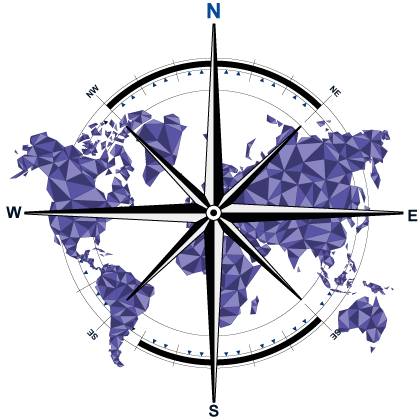
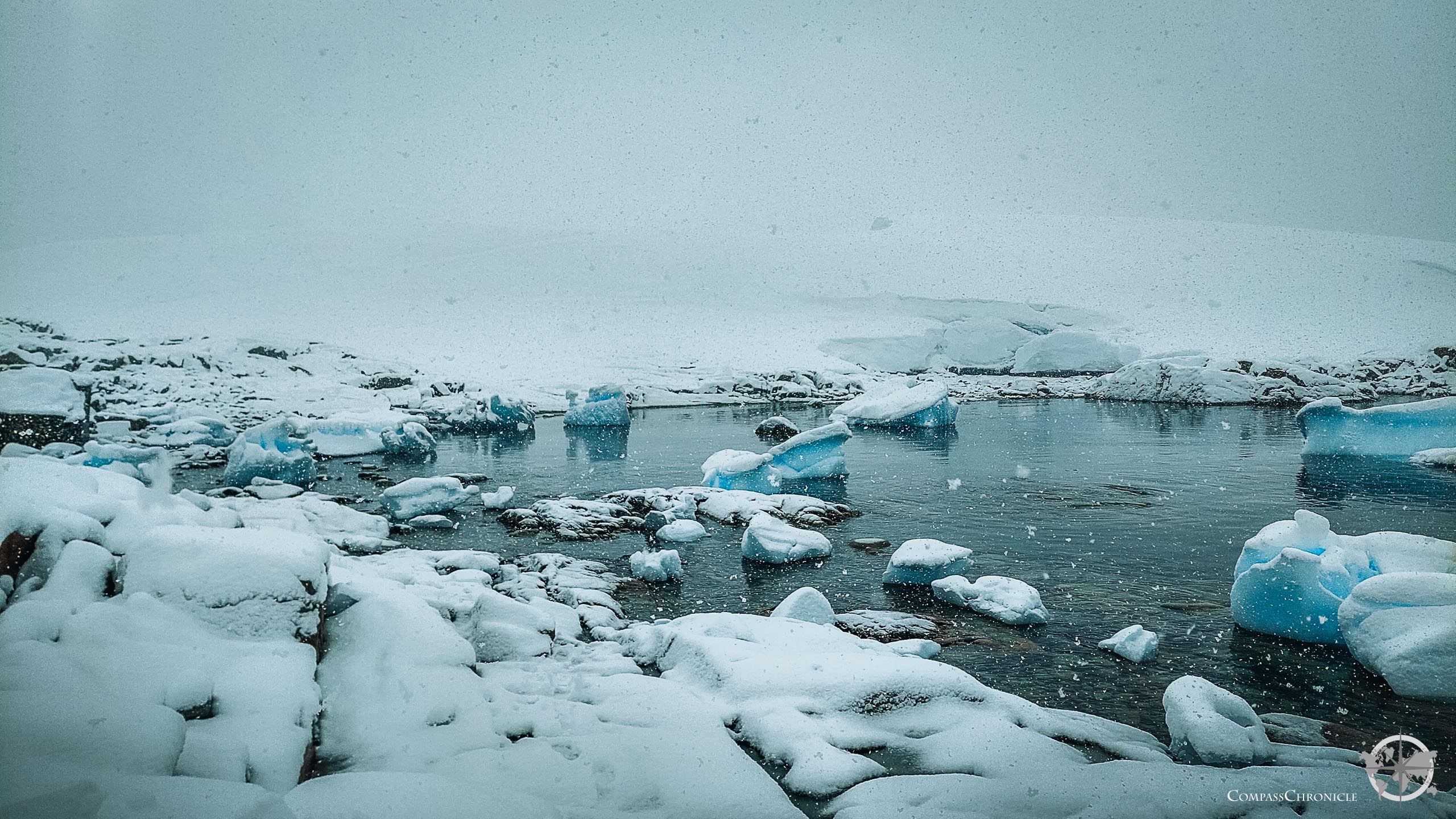


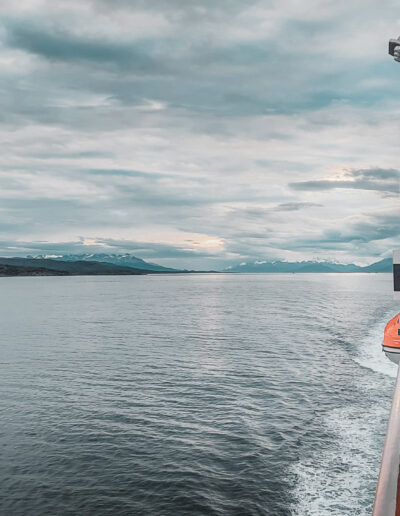
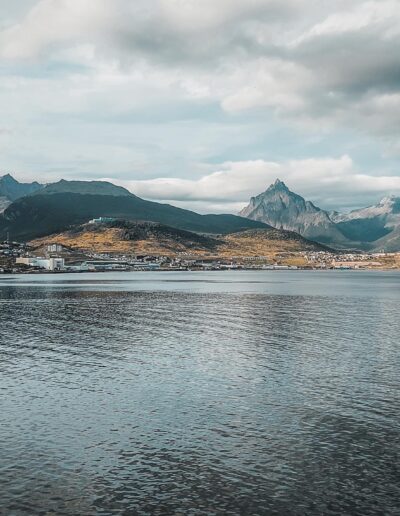
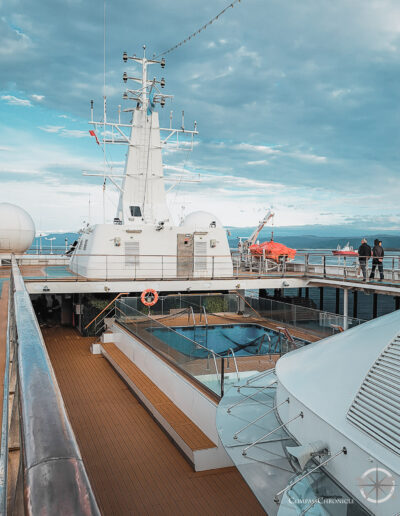
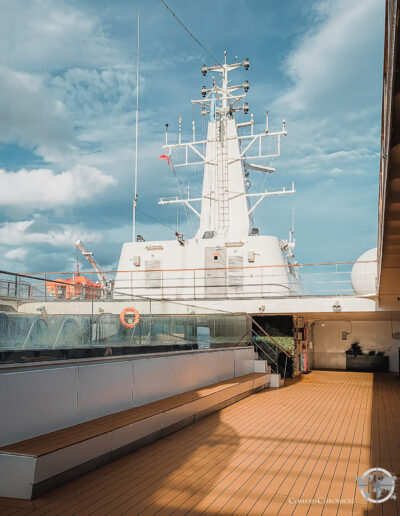
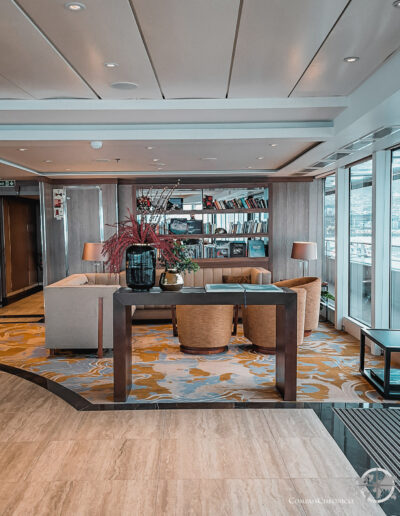

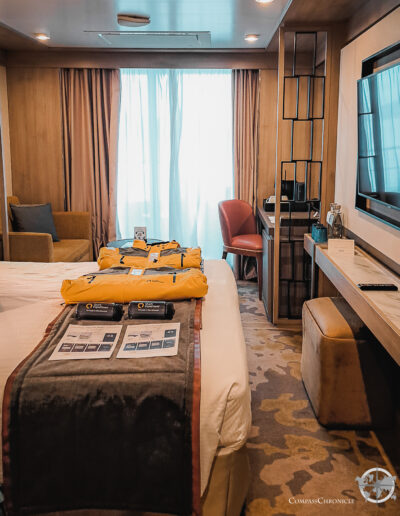
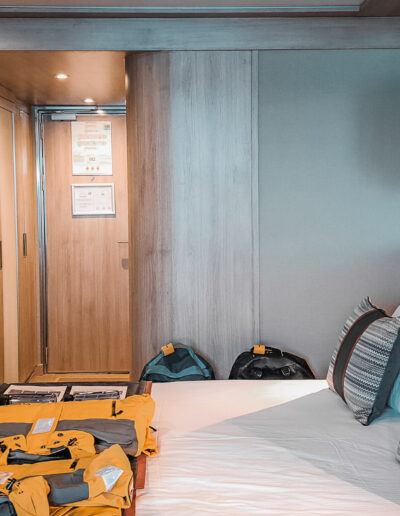
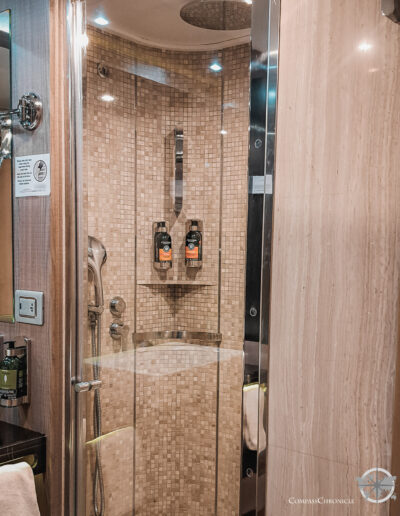

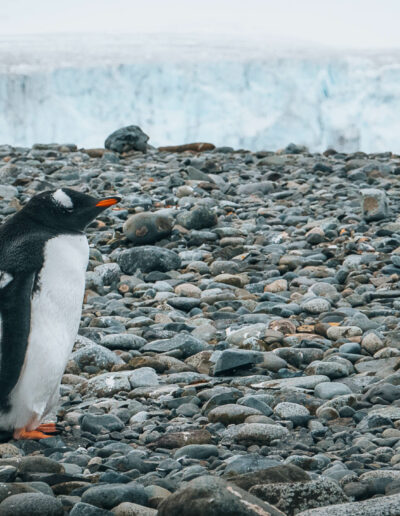
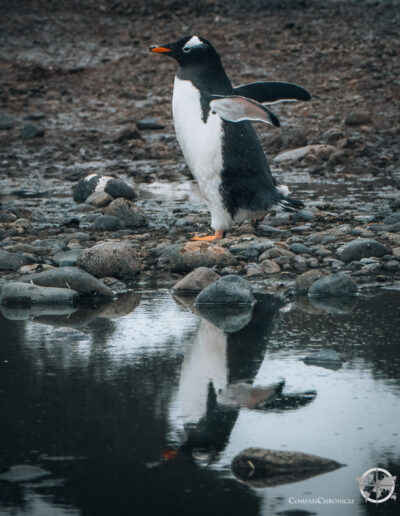



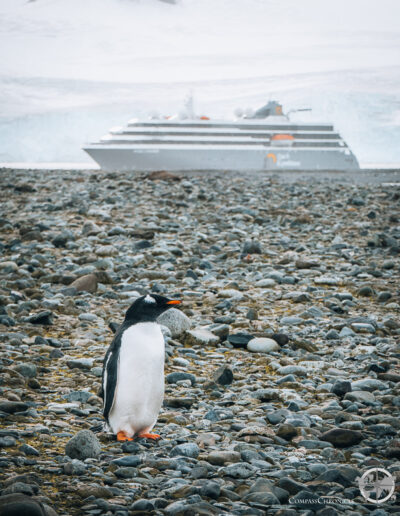

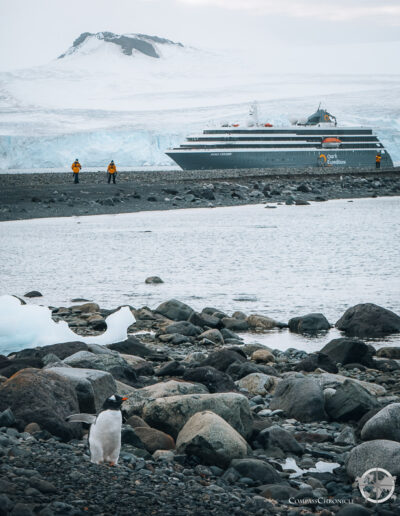
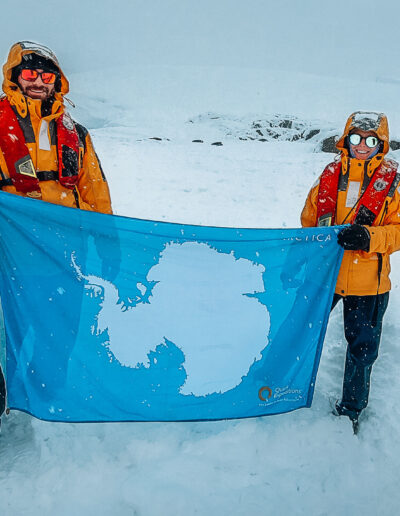

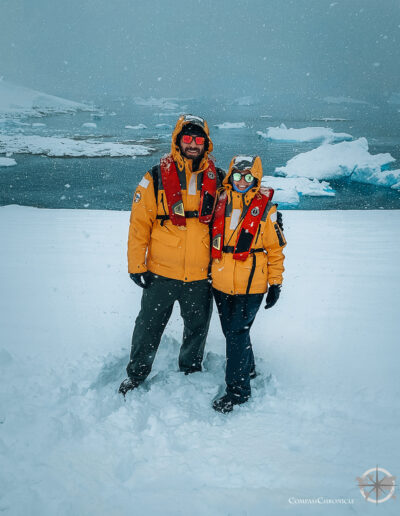
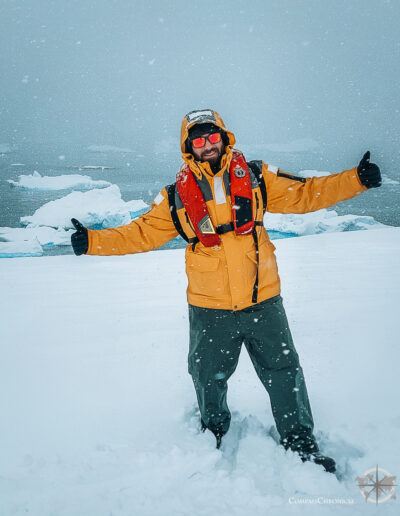
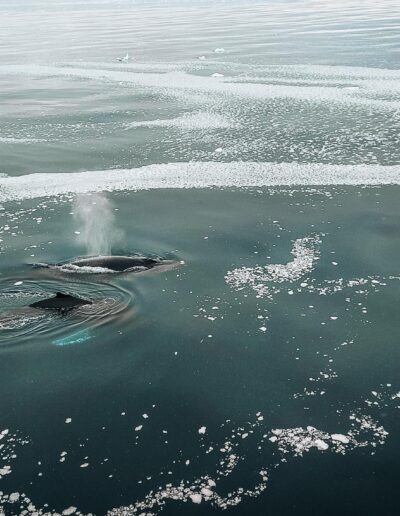
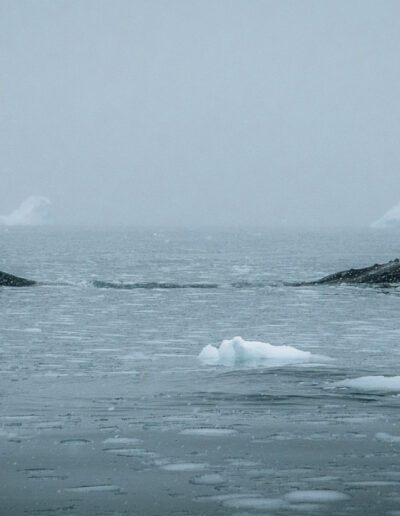
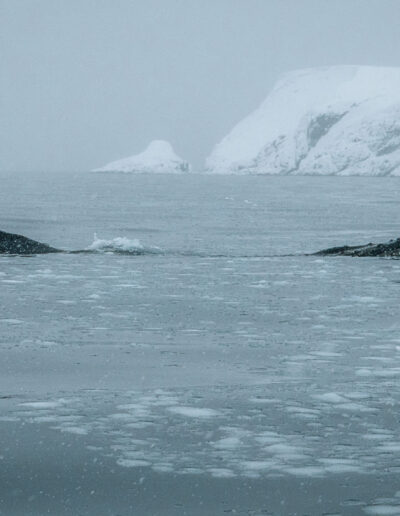
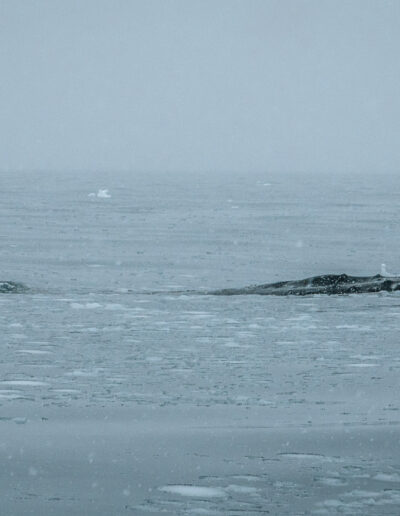
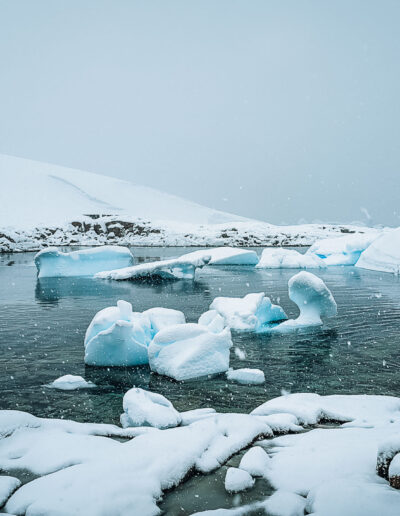

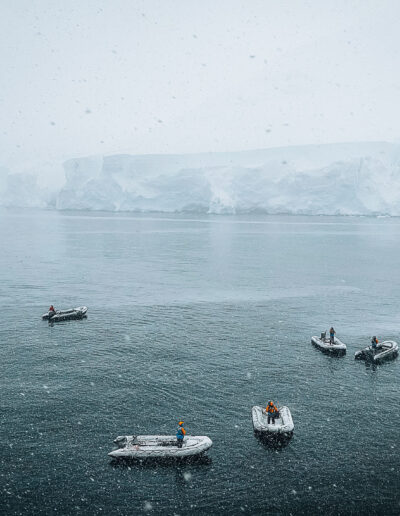
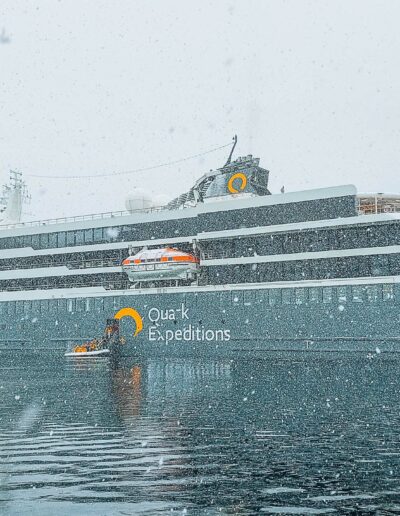
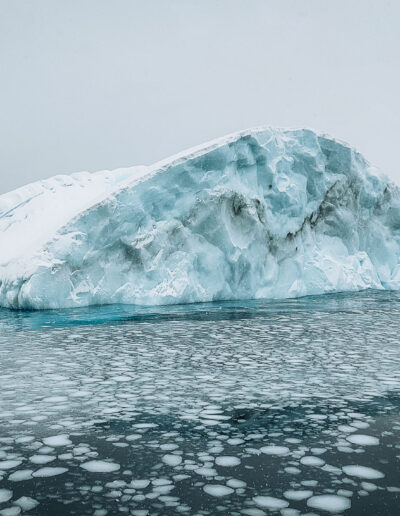

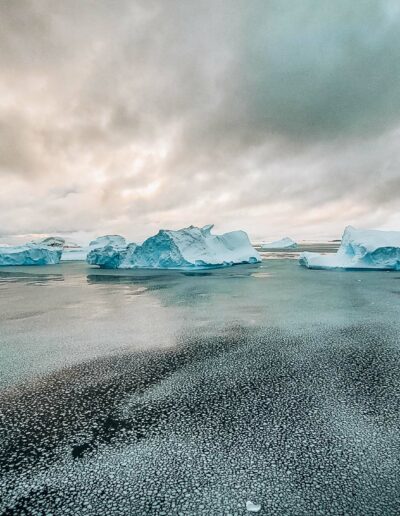
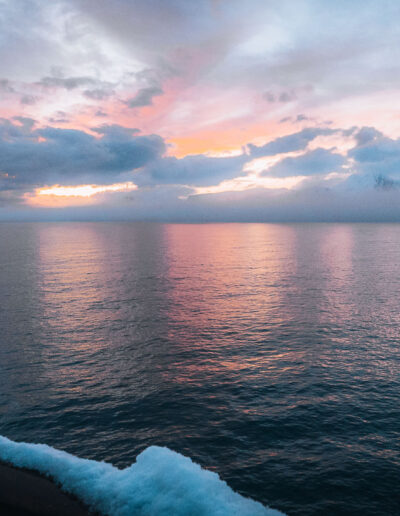
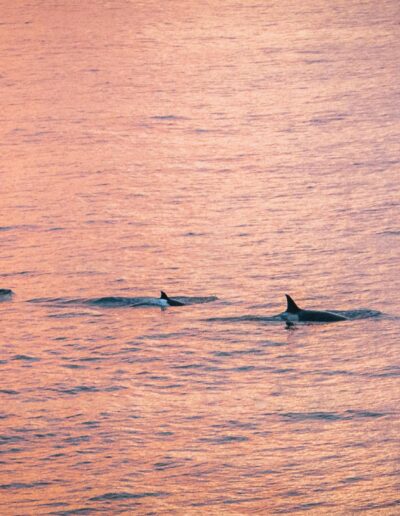
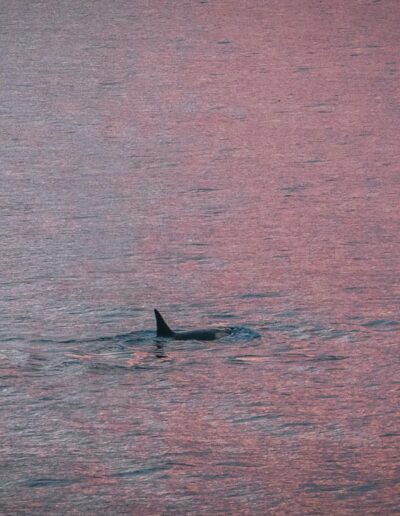
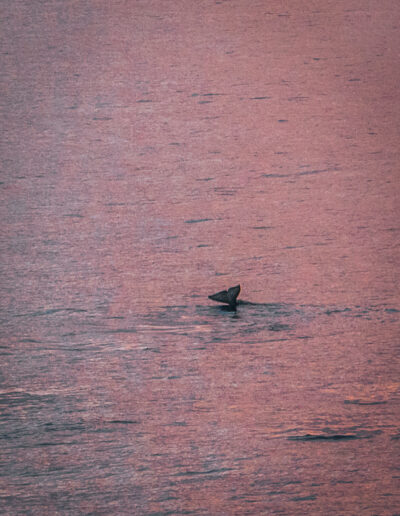
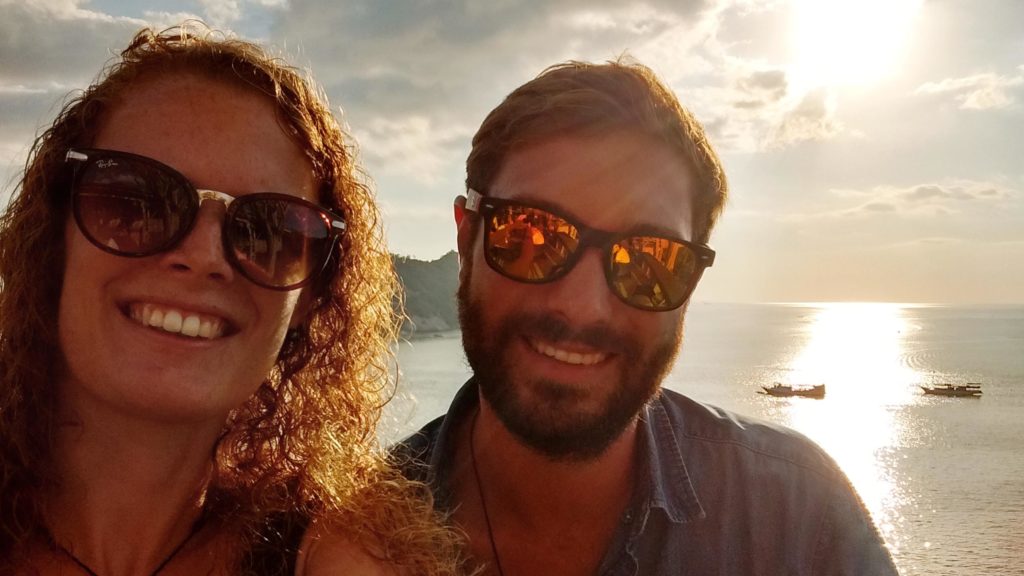
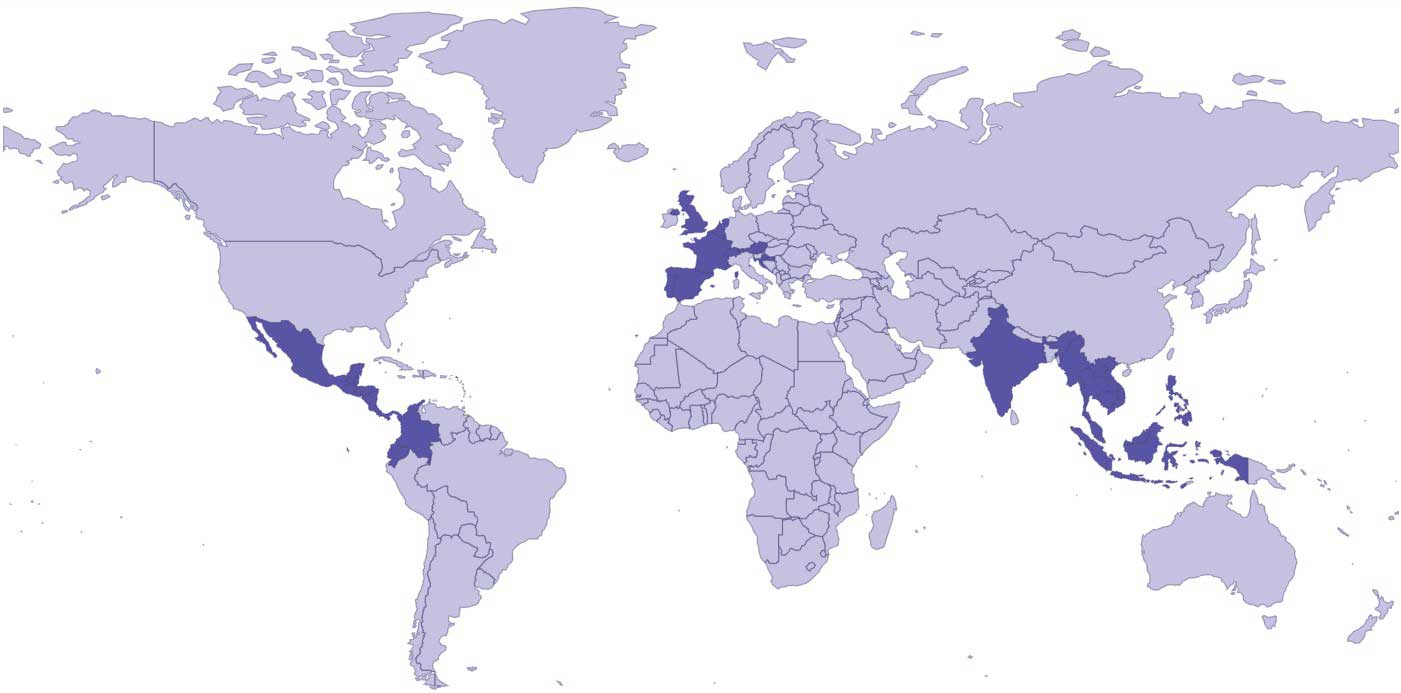
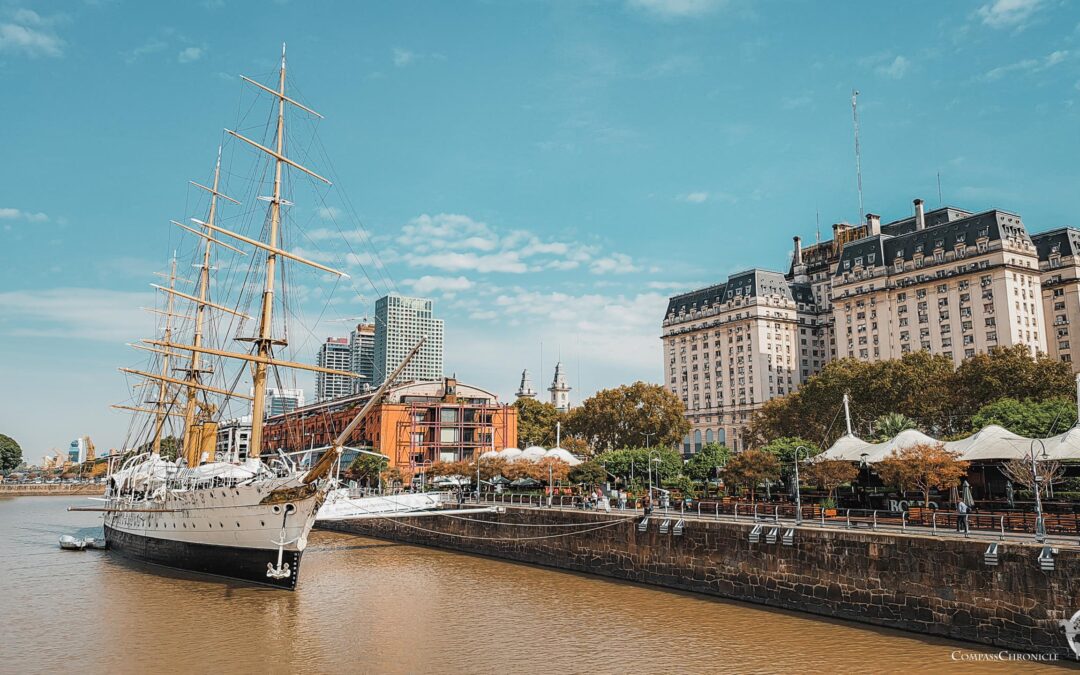
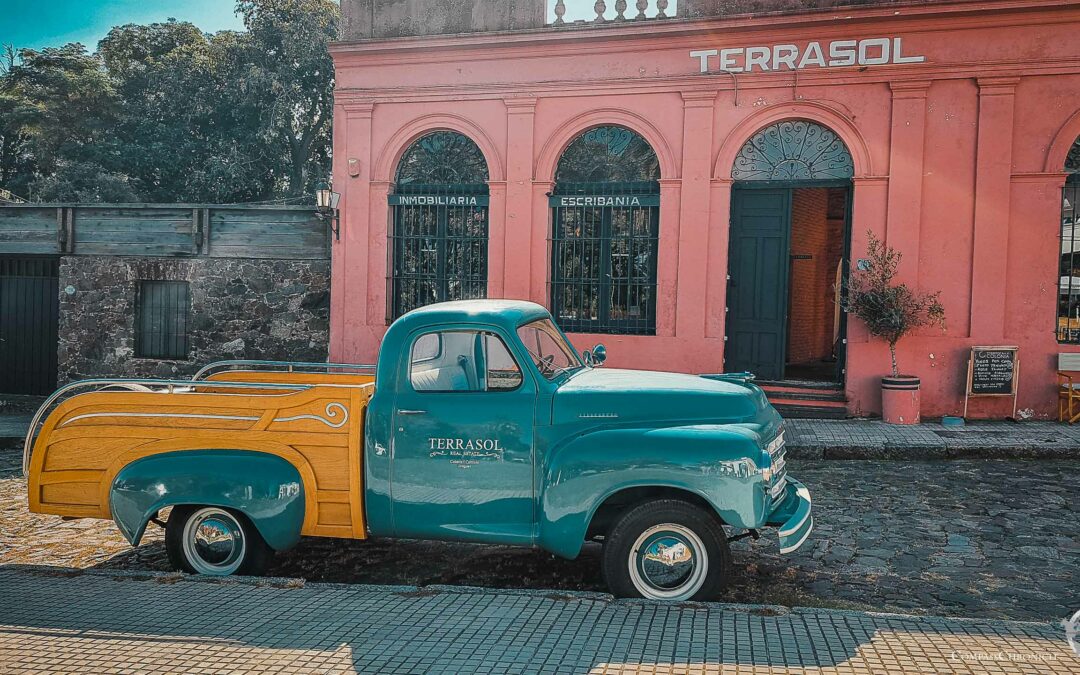
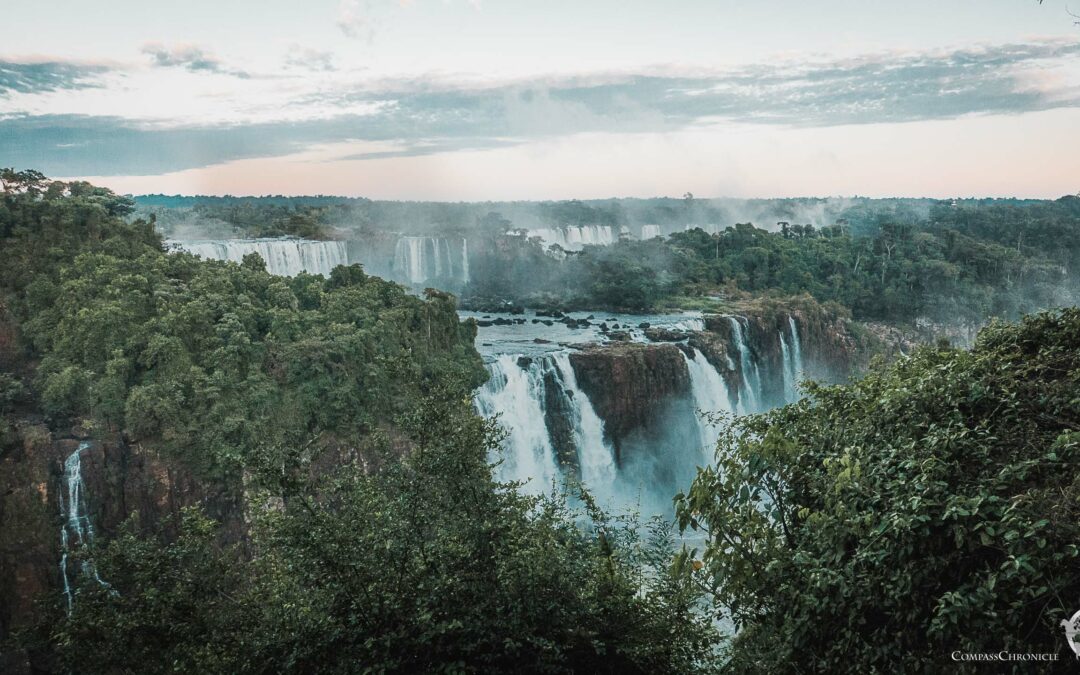
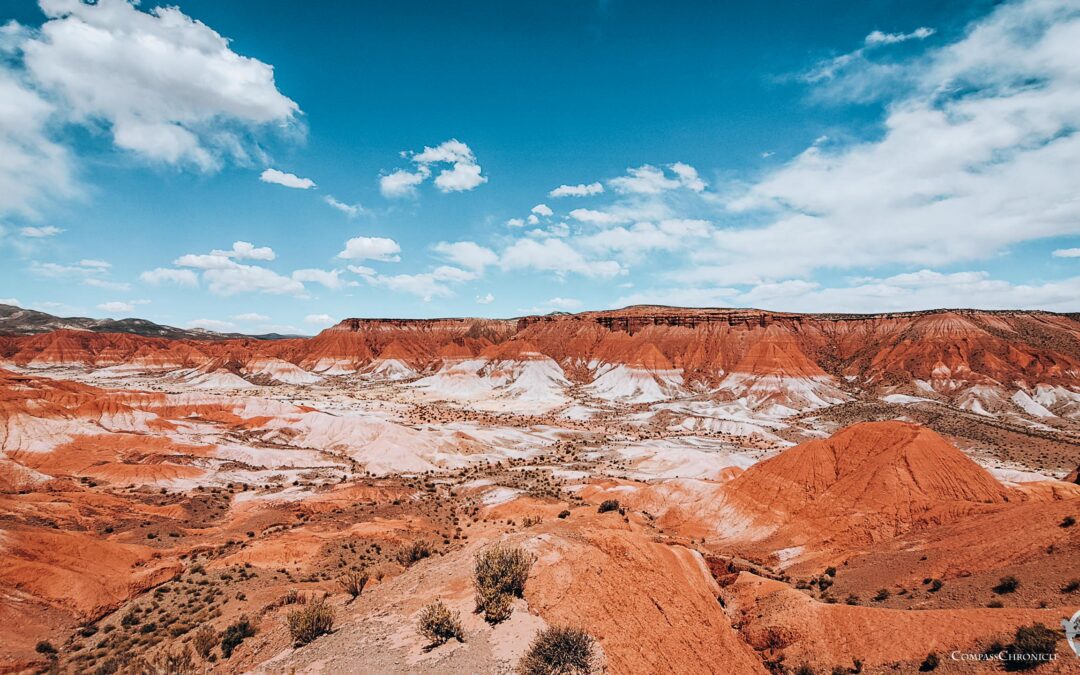
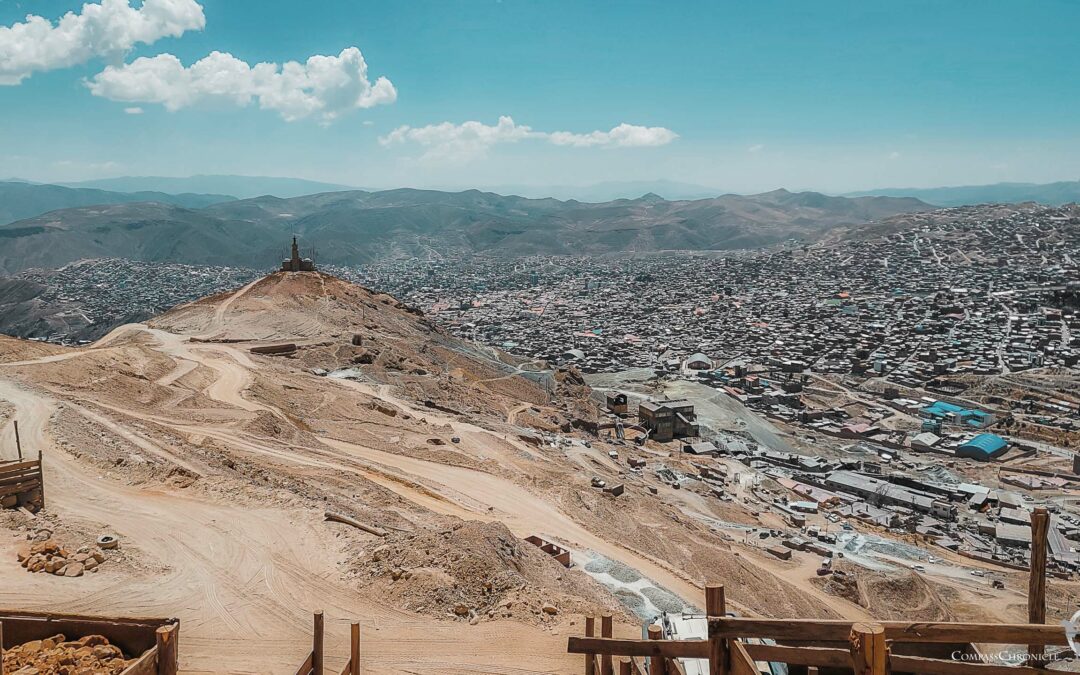
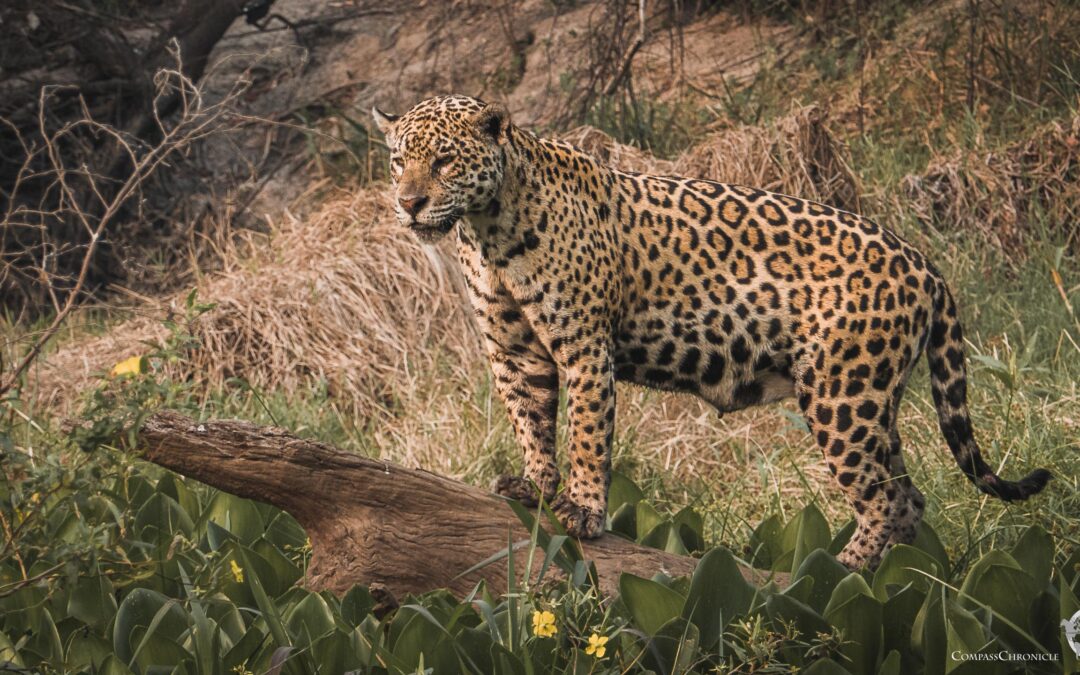
0 Comments